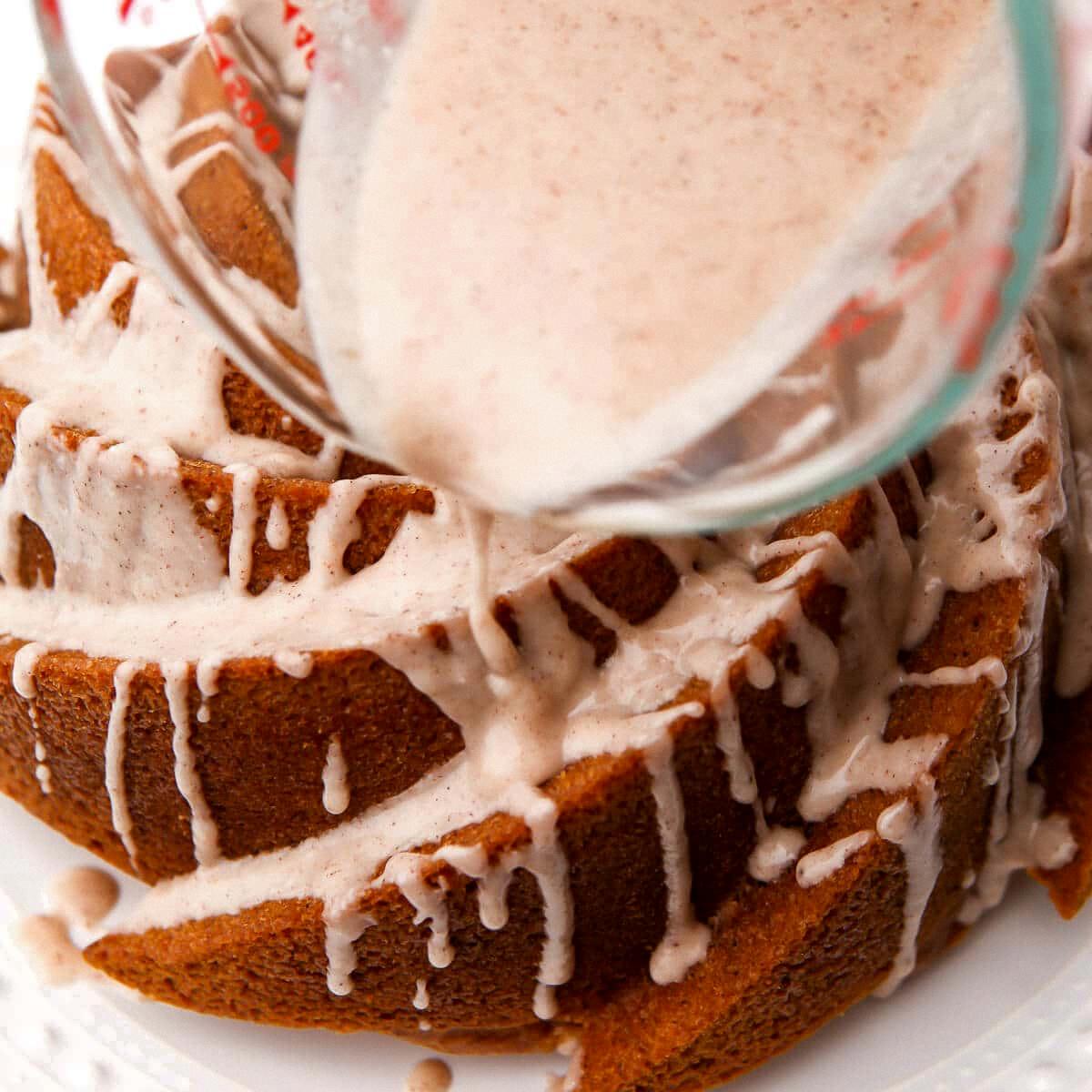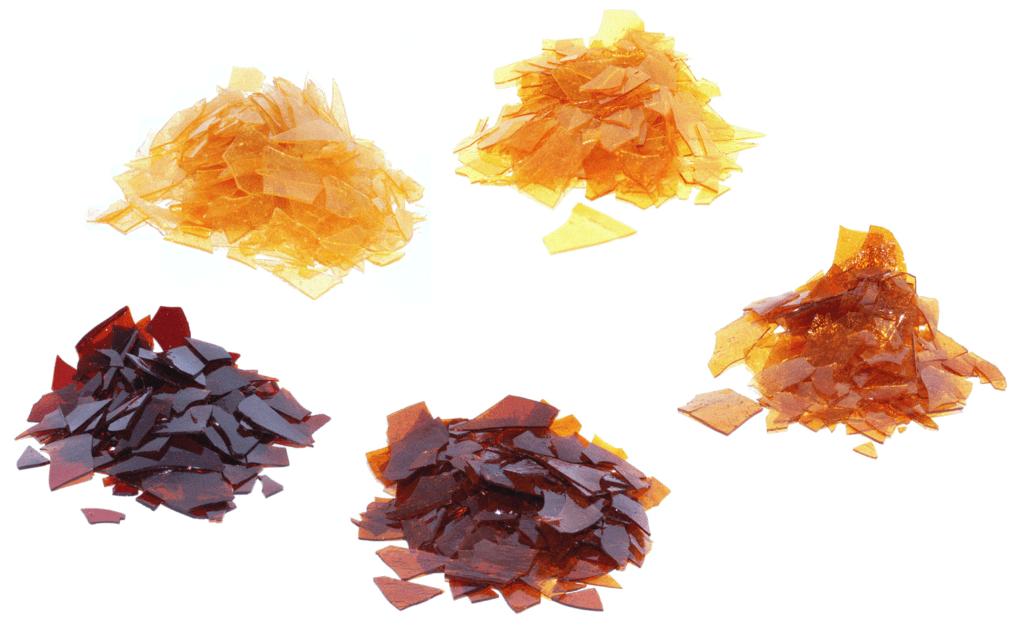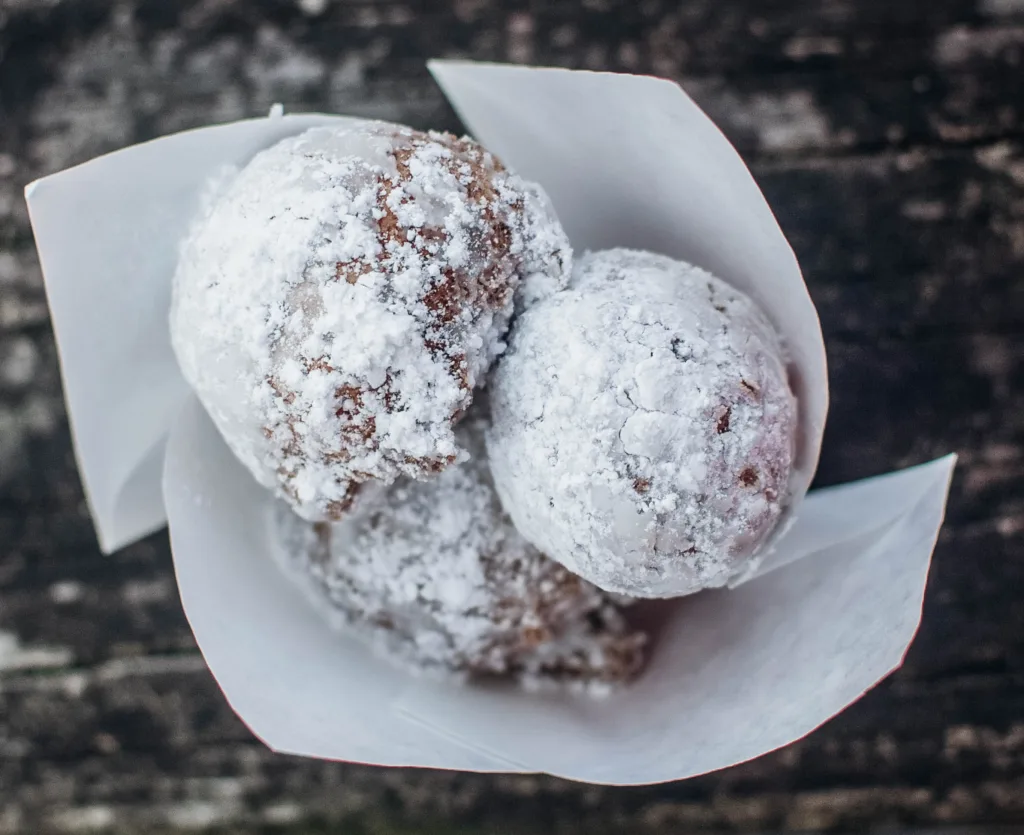Have you ever wondered what that shiny coating on chocolates, Jelly beans and other confectionery treats is? The answer is Confectioner’s Glaze, also known as Shellac or Resinous Glaze. This ingredient is produced in the forests of Southeast Asia and is made from an amber-colored, resinous pigment called Lac. This pigment comes from tiny insects, principally Kerria lacca, which suck sap from host trees and secrete the Lac substance.
In the food industry this ingredient is used to give a protective layer to candies and other confectionery treats. It works by forming a barrier preventing moisture from entering the product and therefore keeping it fresh for longer. You can find it in many popular candy products such as Hershey’s Whoppers, Milk Duds, Nestlé’s Raisinets and Goobers, Tootsie Roll Industries’s Junior Mints and Sugar Babies, Jelly Belly’s jelly beans and Mint Cremes, Russell Stover’s jelly beans, Godiva Chocolatier candies and Gertrude Hawk products.
Unfortunately this glaze isn’t vegan friendly due to it being derived from hardened Lac bug secretions. So if you’re looking for vegan friendly options for your sweet treats then be sure to check the ingredients list on any product you buy that contains Confectioner’s Glaze or Shellac.
Overall Confectioner’s Glaze or Shellac provides a great protective layer when added to candy products keeping them fresh for longer while providing a glossy finish that adds visual appeal. Just remember if you want vegan friendly options then check the ingredients list bfore purchasing an item containing this glaze!
What Ingredients Are Used to Make Confectioner’s Glaze?
Confectioner’s glaze, also known as shellac or resinous glaze, is a type of edible coating made from the secretions of an insect known as Kerria lacca. The insects feed on the sap of trees in Southeast Asia, and they secrete an amber-colored, resinous pigment called lac. This lac is harvested and then processed into a waxy material that can be used to give confections a glossy sheen and added durability. It is often used to coat chocolates, gummies, hard candies, and other sweets.

Source: thehiddenveggies.com
Uses of Confectioner’s Glaze
Confectioner’s glaze, also known as shellac, is a food-grade coating used in the food industry to give a glossy, protective finish to various types of food products. It is ideal for use on candies, jelly beans and ice cream cones as it forms an impermeable layer that prevents the food product from drying out due to its insolubility in water. In addition to this protective function, confectioner’s glaze can also act as an aesthetically pleasing finishing touch by giving the food product a glossy shine.
Candy Coated with Confectioners Glaze
Confectioners glaze is a type of edible coating used in the production of many candies. It is a mix of shellac, food-grade lac resin, and vegetable oil that provides shine and protection to the candy. Examples of candies containing confectioners glaze are Hershey’s Kisses, M&Ms, Skittles, Starburst, Reese’s Pieces, York Peppermint Patties, Tootsie Rolls and Pops, Snickers bars, Butterfingers bars, Twix bars, Kit Kats bars, Milky Ways bars and 3 Musketeers bars. In addition to these chocolate and candy favorites, confectioners glaze can also be found in some jelly beans like Jelly Belly brand jelly beans.
The Reasons Why Confectioner’s Glaze Is Not Vegan
Confectioner’s glaze is not considered vegan because it contains shellac, which is a hardened form of lac bug secretions. This means that the product contains an animal byproduct, and animal byproducts are not allowed in vegan diets. Shellac is also used as an ingredient in many other products such as furniture polish, sealants, and even food glazes. As a result, vegans would need to be aware of all of the ingredients used in products they intend to consume to ensure that they are adhering to their dietary restrictions.
Is Eating Shellac Healthy?
Shellac is generally considered to be safe to eat in small amounts, as it is commonly used as a glaze on many food items and pharmaceutical products. Shellac is composed of protein-based particles which are broken down during digestion, and are not believed to pose any health risks. However, shellac has been known to cause allergic reactions in some people, so it’s best to check with your healthcare provider before consuming large amounts of shellac. Additionally, shellac may cntain trace amounts of chemicals such as formaldehyde and other solvents which can be harmful if consumed in high quantities over time. Therefore, it’s important to ensure that the source of the shellac is from a reputable food grade supplier.

Source: vegfaqs.com
Do Skittles Contain Shellac?
No, Skittles do not contain shellac. Prior to 2009, the candy was coated with a food grade shellac, which is a wax secreted by the lac insect Kerria lacca. This layer of shellac was used to seal the food and prevent transfer of the color dyes from the candy to the skin. However, since 2009 Skittles have been produced without the use of gelatin or shellac.
Are Jelly Beans Coated With Shellac?
Yes, jelly beans are often coated with shellac, a sticky substance derived from the secretions of the female Kerria lacca insect native to Thailand. Shellac is used to give a glossy, shiny coating to jelly beans and other hard-coated candy. It is also known for its durability and resistance to moisture, making it an ideal coating for candy that is meant to be enjoyed over a long period of time.
Do M&Ms Contain Confectioners Glaze?
No, M&Ms do not contain confectioners glaze. The hard-coated, shiny exterior of the candy is due to a unique manufacturing process that involves melting and cooling the chocolate in a spinning chamber. This creates a thin layer of chocolate around the center of each M&M, which is then cooled to form its iconic hard shell.
Difference Between Confectioners Sugar and Icing Sugar
Confectioners’ sugar and icing sugar are simply two different names for the same product. Both sugars are made by grinding granulated sugar into a very fine powder, with the addition of a small amount of cornstarch to prevent caking. The difference between them lies in the fineness of the powder—icing sugar is even finer than confectioners’ sugar, so it will dissolve more easily when added to liquid ingredients. This makes it ideal for making icings, frostings and fillings that require a smooth texture. Additionally, icing sugar often contins more cornstarch than confectioners’ sugar, so it can clump more easily when exposed to moisture or humidity in the air.

The Name of Old-Fashioned Christmas Candy
The old fashioned Christmas candy that was popular in the 1950s and 1960s is called Cut Rock. It was a hard, sour candy, similar to a rock candy, with a variety of flavors including lemon, lime, orange, and raspberry. The pieces were cut into small cubes or sticks that could be enjoyed alone or added to other treats like cookies or ice cream.
The Reasons Why Vegans Cannot Consume Jell-O
Vegans cannot have Jell-O because it is derived from animal sources. The main ingredient in Jell-O is gelatin, which is made from the boiled skin, tendons, ligaments and bones of animals such as cows, pigs, and fish. This source of gelatin not only raises ethical concerns for vegans due to the cruel treatment of the animals involved but also violates the vegan lifestyle which avoids consuming any animal products. Fortunately, there are now vegan alternatives to Jell-O made from plant-based ingredients that offer a similar texture and flavor without the need for animal cruelty.
Can Vegans Consume Jell-O?
No, vegans cannot eat traditional Jell-O because it contains gelatin, which is made from animal bones and hides. However, there are plant-based alternatives that can be used to make a vegan version of Jell-O. These gelatin-free options usually contain agar agar, carrageenan, or pectin as their gelling agent. They come in a variety of flavors and can be used to make the classic Jell-O dessert or adult Jell-O shots. There are also several variations on classic recipes that use plant-based ingredients like coconut milk or tofu instad of gelatin. With a little creativity, vegans can enjoy a delicious and vegan version of this classic treat.
Can Vegans Consume Jolly Ranchers?
Yes, vegans can eat Jolly Ranchers as long as they choose the vegan-friendly variety. The classic gummy variety of Jolly Ranchers does not contain gelatin and is therefore suitable for vegans. However, it is important to check the label of other chewy varieties of Jolly Rancher candies, as some may contain gelatin which is not considered vegan-friendly.
Conclusion
In conclusion, confectioner’s glaze, also known as shellac or resinous glaze, is a resinous pigment secreted by tiny insects called Kerria lacca. It is used to give candy and other food products a protective, glossy coating and to prevent them from drying out. Unfortunately, since it is derived from hardened lac bug secretions, confectioner’s glaze cannot be classified as vegan and thus should be avoided by those who wish to maintain a vegan lifestyle.
